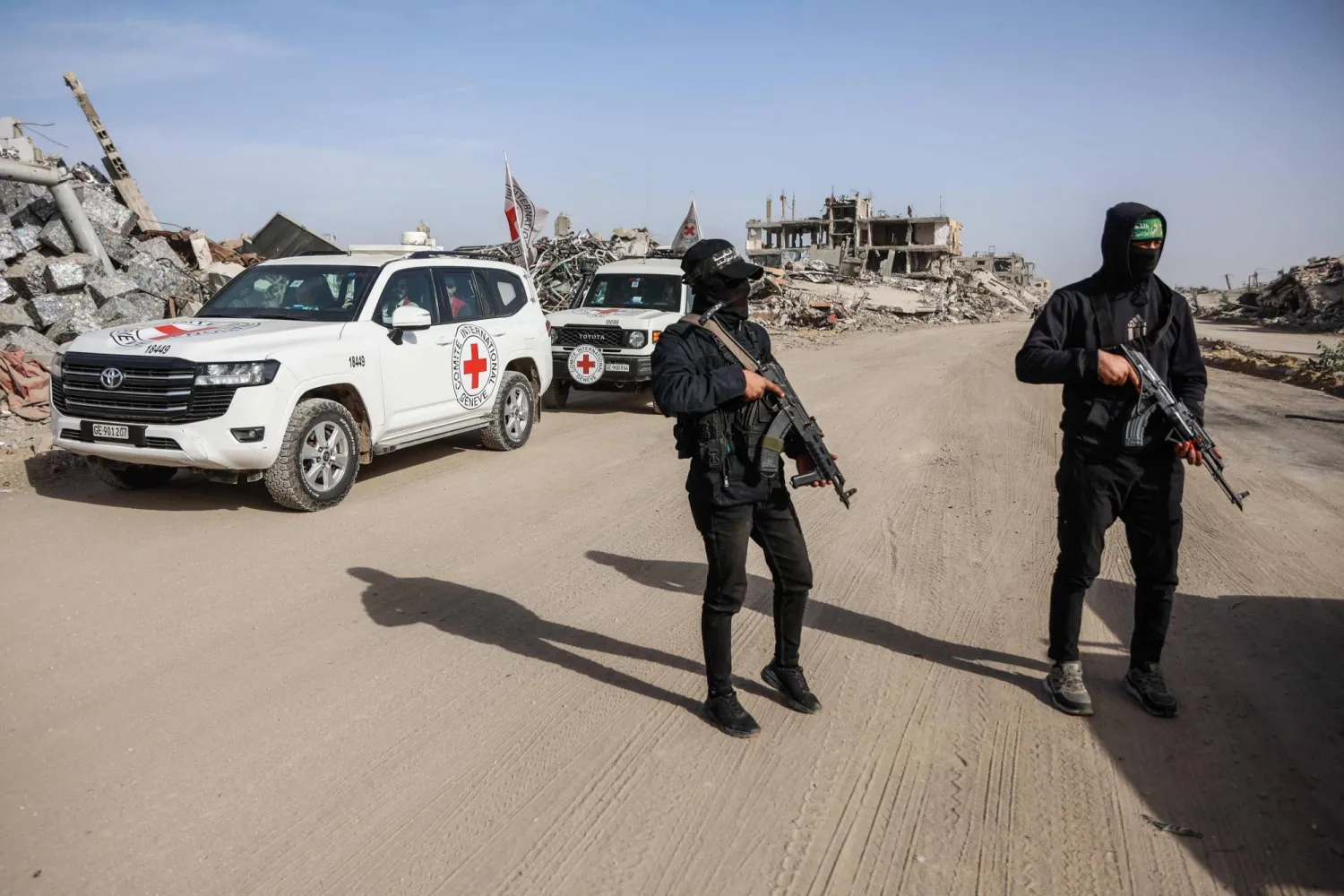Damascus Security Chief Lt. Col. Abdul Rahman Al-Dabbagh announced on Monday the arrest of a key figure involved in the 2013 massacre in the Tadamon district of Damascus, along with two other individuals who participated in the killings.
Al-Dabbagh stated that the suspects confessed to their involvement in a series of atrocities in the area, where more than 500 men and women were executed.
“After monitoring and investigation, we were able to apprehend one of the key criminals responsible for the 12-year-old Tadamon massacre in Damascus,” Al-Dabbagh said, according to the official news agency SANA.
“Following initial interrogations, we identified several other individuals involved in the massacre and arrested two of them,” he added.
Al-Dabbagh further stated that the three detainees confessed to their participation in the atrocities in Tadamon, where more than 500 men and women were executed without trial or charge.
“We are now coordinating with the relevant authorities to locate the sites of these massacres,” confirmed Al-Dabbagh.
“We assure the people of Syria that these criminals will not escape justice, and we will work to bring them before the courts to face a fair trial,” he said.
Al-Dabbagh did not disclose the identities of the three detainees. However, SANA later reported that one of them is named “Monzer Ahmad al-Jazairi” and that he has been referred to the relevant authorities for further investigation.
In a report published on April 27, 2022, The Guardian revealed details of a massacre carried out by Bashar al-Assad’s forces on April 16, 2013 in the Tadamon district.
The attack resulted in the deaths of around 41 people, who were subsequently buried in a mass grave.









